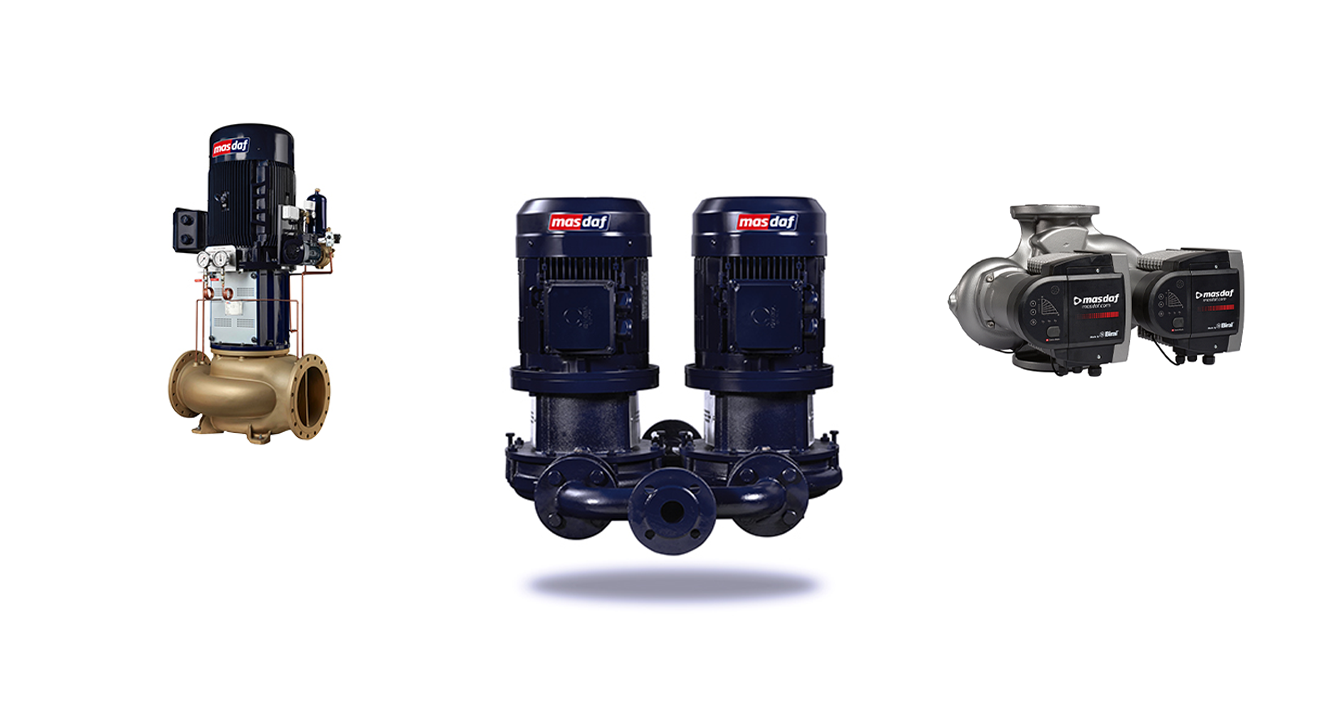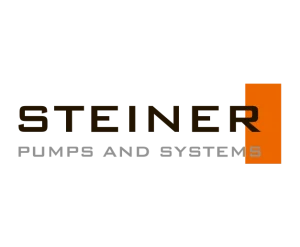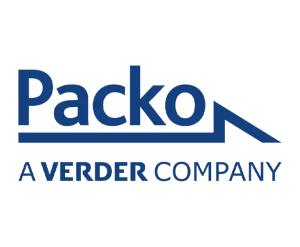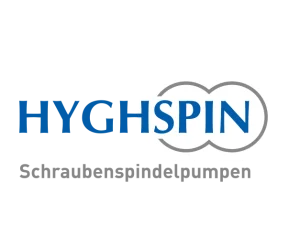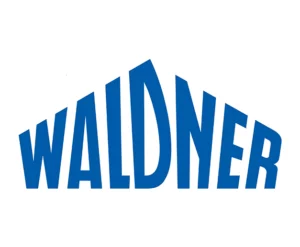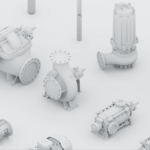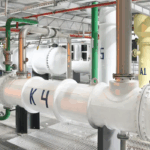Circulation pumps - is a modern pumping equipment designed for pumping liquids in direct pipeline applications. Thanks to their compact design with vertical or horizontal nozzles, circulation pumps provide a steady flow of water, process liquids or wastewater with minimal pressure loss. The circulation pump is based on the centrifugal force generated by a rotating impeller, which moves the fluid through inlet and outlet nozzles located on the same axis. These pumps perform the following functions:
- Pumping: Ensure fluid movement in the system.
- Circulation: Maintain a constant flow in closed circuits.
- Increased pressure: Increase the pressure in pipelines.
- Energy efficiency: Optimize electricity consumption.
Depending on the model, circulation pumps are available as single-stage pumps for simple applications or multi-stage pumps for high pressures.
Areas of application
Heating and ventilation:
- Circulation of hot water in heating systems in homes and offices.
- Work in HVAC systems (heating, ventilation, air conditioning).
Water supply:
- Pumping drinking water in multi-storey buildings.
- Providing irrigation in agriculture.
Industry:
- Transportation of technical fluids in factories.
- Movement of coolants in production processes.
Utilities:
- Pumping wastewater at treatment plants.
- Work in fire extinguishing systems.
Construction:
- Maintaining pressure in water supply systems of large facilities.
How to choose the right circulation pump?
Type of liquid:
Take into account the viscosity, temperature, and chemical composition of the liquid (water, wastewater, corrosive media).
Productivity:
Determine the required pumping volume (l/min) and head (m).
Construction:
- Single-stage circulation pumps - for basic circulation tasks.
- Multi-stage - for high pressure and large volumes.
Materials:
- Stainless steel for drinking water and food systems.
- Cast iron - for industrial and waste liquids.
Energy efficiency:
Choose models with adjustable speeds to save energy.
Additional options:
Check for dry-running protection or built-in pressure sensors.
